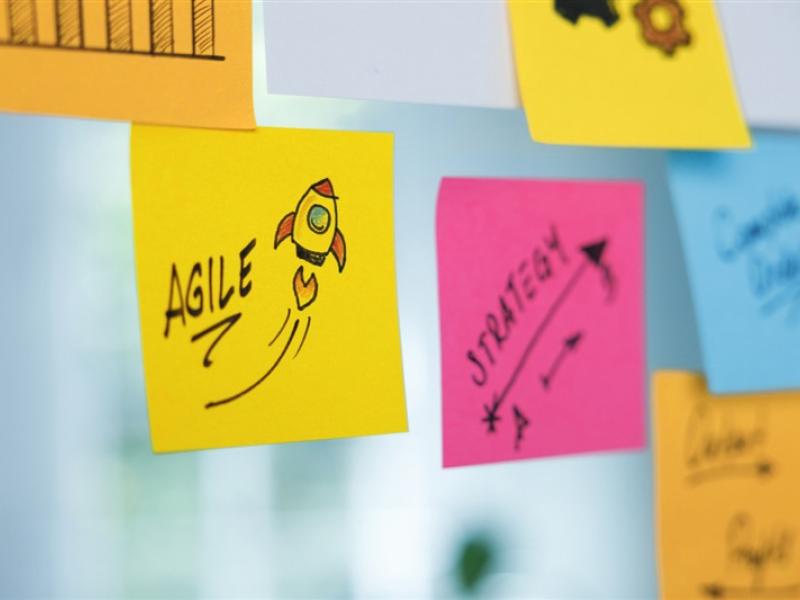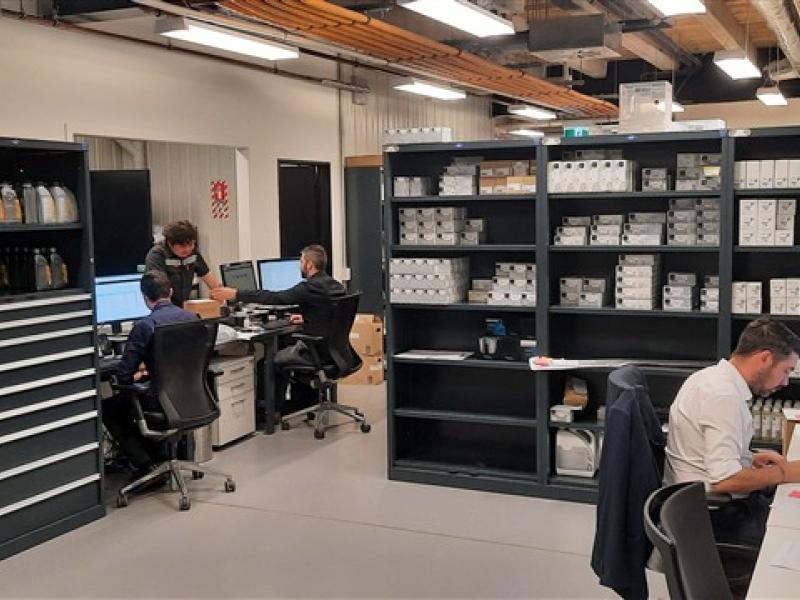Mat Wylie delivers some key customer experience lessons from (yet another!) lockdown.
Let’s be honest – the first lockdown in 2020 was HARD. Businesses had to move online, many couldn’t operate, and we all panicked about what was going to happen to our businesses, our economy, and our communities.
As we emerge from the shadow of another lockdown, it feels like in many ways this time was a little easier. We’d been through this before; most of us had adapted our businesses to work in some way from at least Alert Level 3, and we knew that it was unlikely to completely tank the economy. Although it was still very difficult for businesses who couldn’t operate in Level 4, we were all better prepared for it operationally.
So what did it mean for customers? And how can we take the lessons we’ve learned from lockdowns to retain and attract customers into the future?
Meeting higher expectations
Last year changed customer expectations. In the first lockdown, we saw a huge number of empathetic comments coming through our customer feedback platform, in the lead up to, and right throughout, Level 4. This year, although we saw that for a day or two, most feedback went back to normal pretty quickly.
That’s because this time round, customers had expectations that businesses should have been ready to adapt quickly – moving online and ensuring their click-and-collect or delivery processes were in place. Businesses that didn’t have those processes working smoothly have likely already fallen behind their competition. Many who didn’t provide a smooth process ended up damaging their reputation, unable to meet customer expectations.
Take supermarkets. My wife went to one of our local supermarkets to pick up a click-and-collect for a friend of ours who couldn’t leave their home. She turned up with the instructions, went to the locker, and tried to punch the code in. When it didn’t work, a staff member said that he needed to bring it out to her – so she was left waiting with other shoppers streaming past her while he brought it out.
Something as simple as instructions to text when you arrive so they can bring out the order would have made her feel far safer, and more likely to shop there again. The problem was that they didn’t have a way for her to tell them how to improve, so they don’t know what impact that experience had on her.
Businesses miss the opportunity to evolve faster if they’re not engaging with their customers.
Now what?
Even as we move down alert levels, many businesses are still under a huge amount of pressure – financial, emotional, and operational. What’s vital to remember while you’re under pressure is that communication is key. Your staff and your customers need to know if things change – for example, if shelves are empty because of shipping delays. Get your communications right with your people and your customers, and that will go a long way to resolving any issues.
The other thing to keep in mind is how your customers are feeling. Ticking the boxes of the mandated safety guidelines is only one part of making your customers actually feel safe.
Ensure your staff are comfy dealing with any issues. What should they do if someone comes in not wearing a mask? Or doesn’t sign in when there’s mandatory contact tracing? Ensure you’ve given your staff enough training (or let them know they can escalate it to the manager) so that they can deal with issues in a way that still provides a staff member with the confidence to deliver the best possible experience for customers.
Hopefully we don’t have to go into lockdown ever again. But if we do, there are three things you can do to keep customers happy and retain them for years to come: adapt, communicate, and put yourself in their shoes.
Get those three right, and you should always keep your customers happy.
AT WYLIE is CEO of Customer Radar. For more information about how you can make a difference to your customers’ experience and bottom line go to www.customerradar.com






